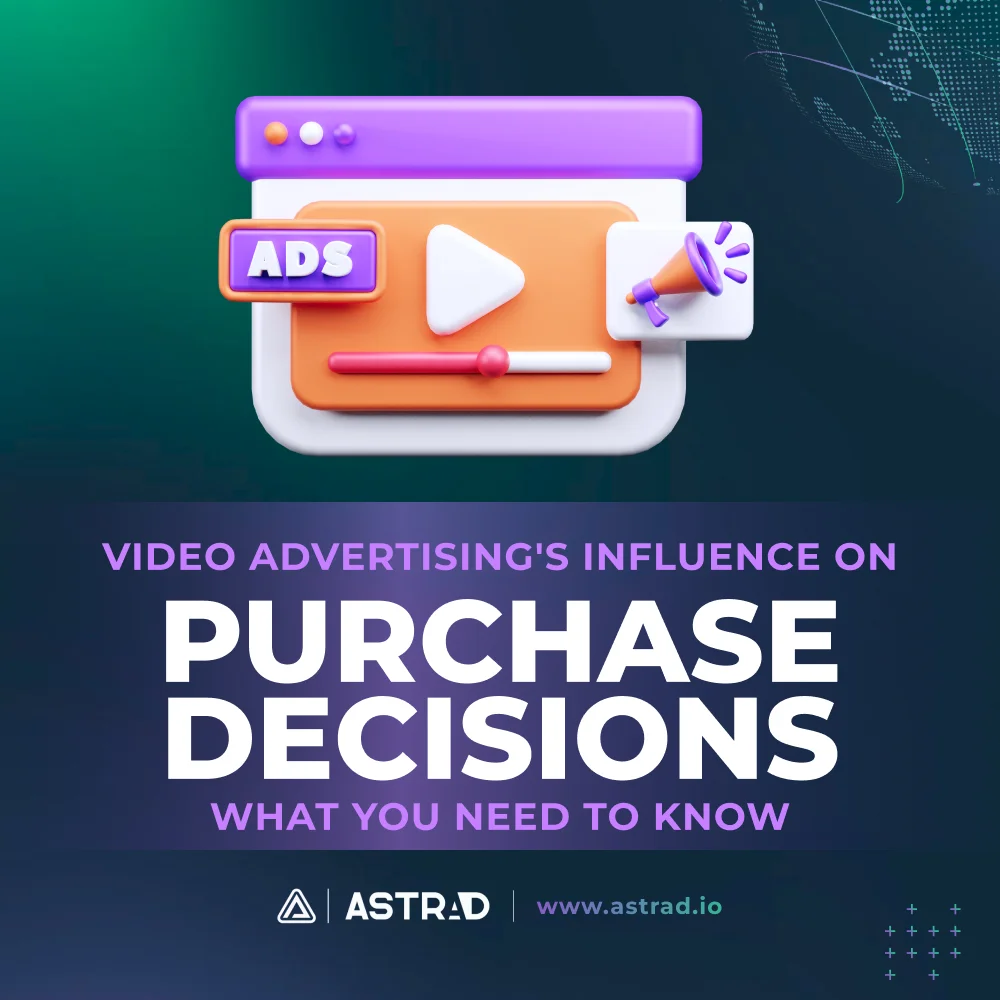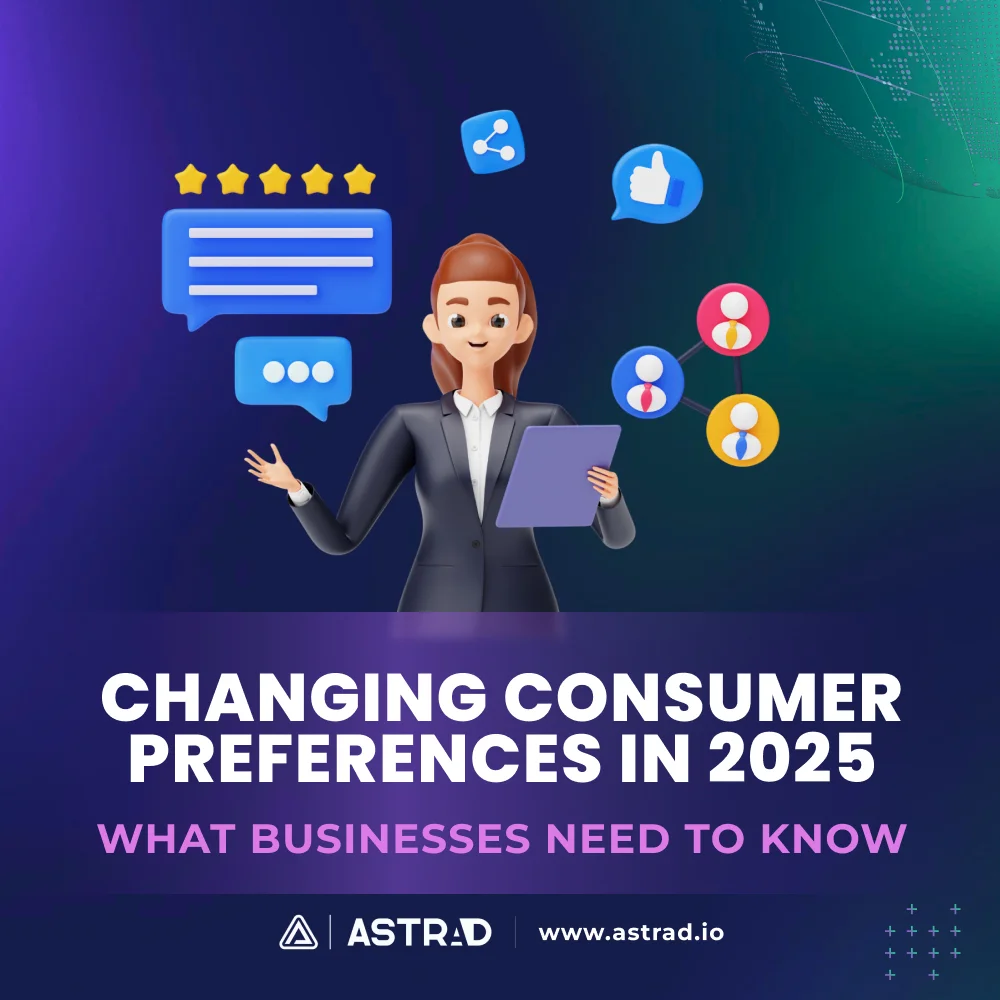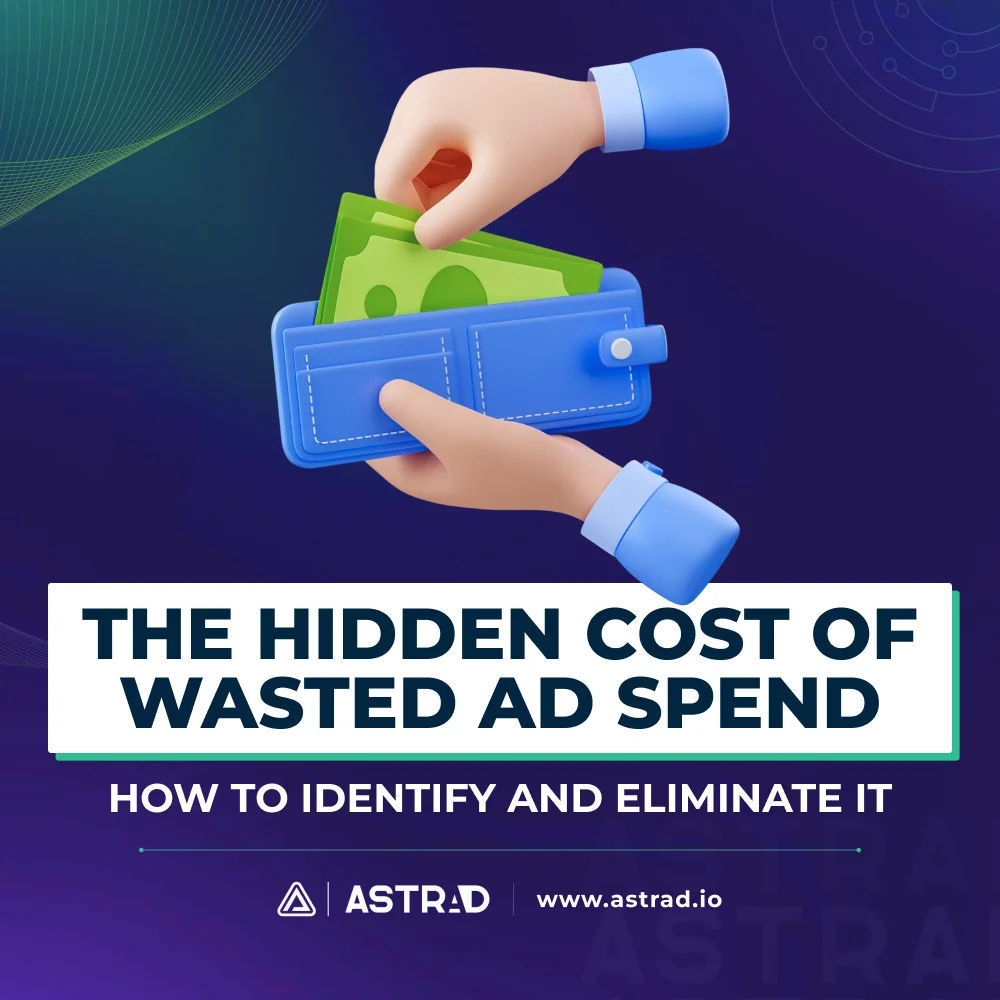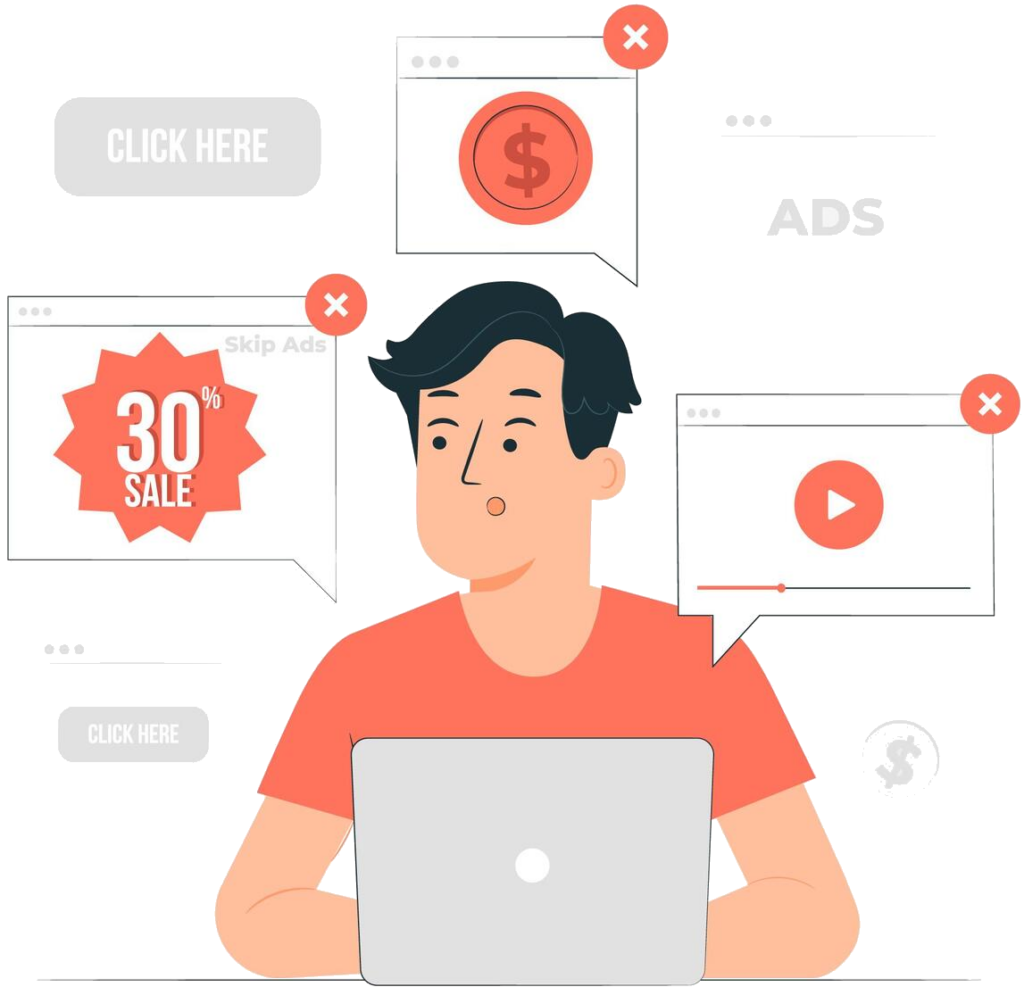If a picture is worth a thousand words, then a video is priceless—it’s just a lot of pictures rolled into one. So, the math checks out. For example, 96% of consumers watch explainer videos to learn more about a product or service—they use those videos as a sort of review. We are visual creatures, and video is the ultimate expression of that.
It’s no surprise that video digital advertising plays a massive role in shaping purchase decisions. Whether it’s a YouTube ad before your favorite vlog or a TikTok video that pops up in your feed, video advertising pulls viewers in and pushes them down the path toward making a purchase.
What is Video Advertising?
In its simplest form, video advertising involves placing video content in front of an audience, either digitally or on traditional TV. This can include in-stream ads—those videos that play before, during, or after the main content on platforms like YouTube—or more immersive formats like interactive ads, which allow viewers to engage directly by clicking on the video to learn more or purchase a product.
In-Stream, Out-Stream, and Shoppable Ads
- In-Stream Ads: These are the typical ads you encounter on platforms like YouTube. Think pre-roll, mid-roll, or post-roll ads that viewers have to watch—or skip—before their video plays.
- Out-Stream Ads: These play within articles or social media feeds, giving viewers a less disruptive, more passive experience. According to Teads, out-stream video ads can drive 20% higher brand awareness than standard ads.
- Shoppable Video Ads: Imagine clicking on a pair of sneakers in a video and being taken straight to the product page. Facebook and Instagram have perfected this, creating seamless shopping experiences.
How Video Advertising Influences Consumer Purchase Decisions
Video ads don’t just introduce products—they create emotional connections that spur people to act. Why? Because videos have that power. They show you a face and a voice and start to make connections based on those. For example, studies have shown that one of the reasons influencers, well, influence so much is because people have more empathy when being talked to by a face—and if it’s a pretty face, well, it’s like a deer caught in headlights. Let’s explore how videos influence your consumers:
Creating Emotional Connections
Video’s true strength lies in its ability to tell stories. Take Nike, for instance. Their ads don’t just sell shoes—they inspire. They encourage you to push beyond your limits. Through storytelling, video ads form deeper emotional bonds, making a brand feel more relatable and human. According to Unruly, emotionally charged video ads can increase purchase intent by 97% and brand association by 139%.
Building Trust and Brand Credibility
Video ads often tap into FOMO—fear of missing out—with limited-time offers, exclusivity, and urgency. These techniques drive impulse buys—think of the classic QVC model, but now turbocharged for the digital age. A study by Wyzowl found that 84% of consumers were convinced to buy a product after watching a brand’s video.
How Video Advertising Influences Consumer Purchase Decisions
Video ads are also incredibly effective in building trust, thanks to their ability to show rather than tell.
Visual Demonstrations and Product Reviews
Product demonstrations and customer testimonials make video ads particularly powerful. GoPro leverages user-generated content to demonstrate the durability and performance of its cameras, creating authenticity that boosts trust. Visuals don’t lie—when people see the product in action, they’re more likely to believe in its quality.
Humanizing the Brand
People don’t just want products—they want brands they can relate to. Video ads that feature real customers or behind-the-scenes peeks at your company can humanize your brand and make it more relatable. Airbnb, for instance, showcases actual hosts and guests in its video campaigns, making its offering feel more personal and trustworthy.
Benefits of Video Advertising for Purchase Decisions
Beyond just making your brand memorable, here’s how video ads positively impact consumer behavior:
- Boosts Consumer Confidence: Seeing is believing, right? Video ads help potential buyers feel confident about their decision, especially when they can see the product in action or hear positive reviews from other customers.
- Enhances Brand Recall: According to HubSpot, 80% of customers can recall a video ad they watched in the past 30 days. The multi-sensory nature of video—combining visuals, audio, and storytelling—makes it a powerful tool for staying top-of-mind with consumers.
- Increases Reach and Accessibility: With platforms like YouTube reaching over 2 billion logged-in users each month, video ads have the power to reach massive audiences. Plus, the rise of mobile viewing means your video ads can reach people wherever they are.
Practices for Creating Effective Video Advertisements
Not all video ads are the same—each has its magic. To get the most out of your video marketing strategy, here’s what you need to focus on:
Keep Videos Short and Focused
Attention spans are short—keep your message brief and to the point. Ads that run between 15-30 seconds typically perform best. We are an ADHD generation, so make those videos go for the throat and fast.
Focus on High-Quality Visuals and Audio
Poor production quality can backfire. Invest in high-quality visuals and crisp audio to ensure your brand comes across as professional and trustworthy. If your quality is terrible, people will associate it with your product—lousy quality, wrong product.
Include a Strong Call to Action (CTA)
Don’t leave your viewers hanging—tell them what you want them to do next. Whether it’s “Buy Now” or “Learn More,” a strong CTA drives conversions.
Why Video Ads Matter for Purchases
From emotional engagement to trust-building, video advertising is one of the most effective ways to guide consumers toward a purchase. Whether through storytelling or product demos, brands can use video to make an impression that sticks, boosts conversions, and fosters loyalty. If you’re not already using video ads, you’re leaving a powerful tool off the table.






